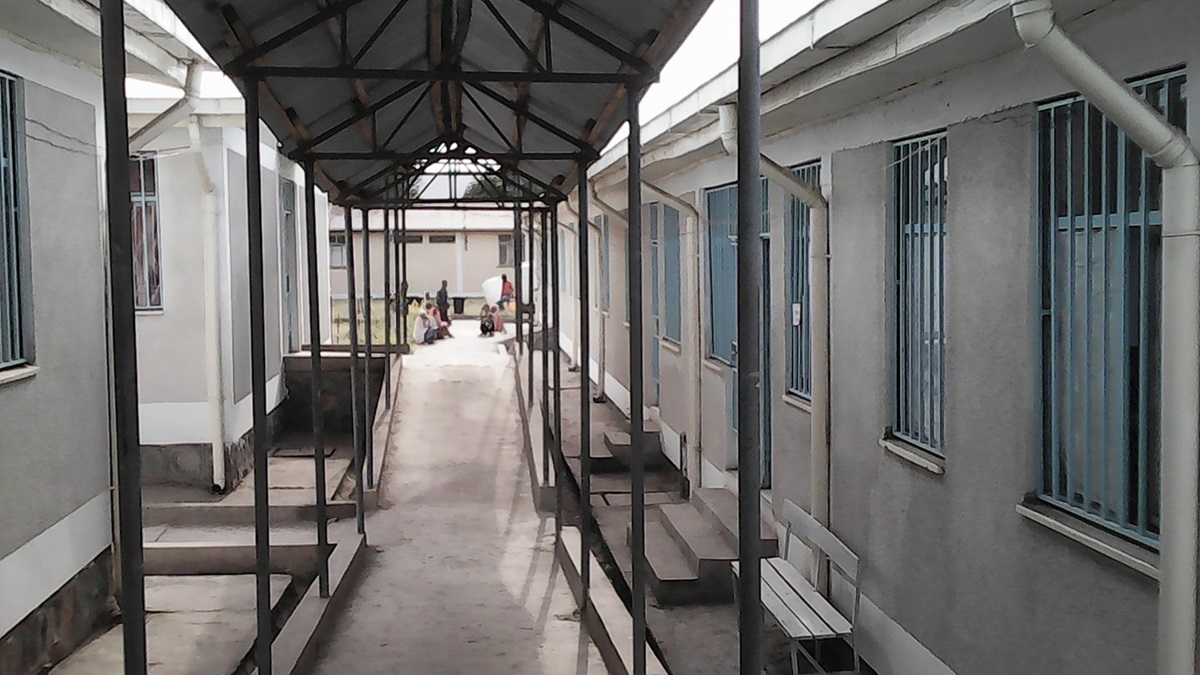A tale of two federations
Taye Negussie (PhD)
Following the general election of 1948, the Afrikaners dominated National Party officially legislated a racially segregated system of government–racial federations–in South Africa, the infamous apartheid system that came to an end in 1994.
The year that saw the coming to an end of the racial federations in South Africa, in a manner of curious coincidence, heralded the birth of another fairly similar form of ethnically segregated system of government–ethnic federations – in Ethiopia.
The main argument of this piece is that there are some striking parallels–at least in basic assumptions and guiding ideological framework – between the racial federations of the defunct South African apartheid system and the current ethnic federations in Ethiopia.
And, the affinity encompasses so many dimensions. For starters, the term “apartheid”–an Afrikaans’ word meaning “the state of being apart”, or “apart-hood” used to segregate races in South Africa–is semantically analogous to that of the Amharic word “Killil” which also literally means “apart-hood” or a “restricted area” as is being employed to designate the ethnic-based regional states.
Secondly, the rationale of the National Party for establishing a state of racial federations was that South Africa did not comprise a single nation, instead it was made up of four distinct racial groups: “white”, “black”, “colored” and “Indian”. And, the government divided these groups into 13 “nations” or “racial federations”. The “black” group alone was divided into ten ethnic-based self-governing homelands called Bantustans destined with the prospect of becoming a separate nation-state.
Similarly, in legislating the constitution the ruling Ethiopian People Democratic Front (EPRDF) reasoned that Ethiopia is not a single nation but rather an entity (though not defined clearly) that comprises ostensibly self-contained numerous “nations, nationalities and peoples”.
Subsequently, all these “nations, nationalities and peoples” were organized into 9 “autonomous” regional states and two city governments; whereupon, each regional state being endowed with its own respective constitution and flag, as their prospective nationhood is legislated in Article 39 of the Ethiopian constitution which promulgates the “unconditional right of every nation, nationality and people to self-determination, including the right to session”.
Thus, the assumption and mode of organization underlying South African apartheid–the homeland system –as well, strongly resonates with the assumption and regional structuring of Ethiopia’s ethnic-based federation.
Thirdly, the South African government attempted to justify apartheid on the ground that the different races in South Africa needed to be separated for the process of integration and the subsequent racial assimilation had brought about a “loss of racial identity” and the disempowerment of the Afrikaners in the political and economic sphere. Hence, racial apartness was the pivotal political and legal doctrine of apartheid.
In similar vein, the ideological rhetoric of ethnic federalism in Ethiopia has apparently been rooted in the belief that an integrated and unitary Ethiopian state formed out of the “forced” incorporation of otherwise “autonomous” ethnic entities had resulted in the “loss of cultural identity” and disempowerment on the part of the oppressed “nation, nationalities and peoples” in the larger political and economic sphere. Hence, the politics of “ethnic differences” and “cultural identity” has constituted the core principle of Ethiopia’s ethnic federation.
Fourth, in apartheid South Africa, sports like football and many other segregation practices were used to institutionalize and instill the racial mentality among the population; likewise, in today’s Ethiopia various sport games such as the annual All Ethiopian Sports Game, the festival of “nation, nationalities and people’s” day, insistent glorification of ethnocentrism and the practice of, if you will, ethnocracy (assigning people to formal positions on the basis of their ethnicity rather than their ability) and some other subtle strategies have been widely used to implant ethnic mentality amongst the populace.
Aside from these stark similarities, nevertheless, there appears to be some subtle divergences between South African racial federation and the Ethiopian ethnic federation with regard to their official approaches of segregation. Yet, ultimately the effects arising out of these seemingly divergent approaches remain the same.
For instance, while there was a formalized racial classification in South Africa that introduced an identity card for all persons specifying their racial group, in the case of Ethiopia, there has been no such formal law to formalize ethnic classification; instead, while issuing a residential identity card, it seems implicitly imperative for each resident to specify his/her “nation, nationality and people”– effectively an ethnic identity – on the identity card.
Furthermore, while apartheid South Africa enacted and enforced laws that put an end to mixed racial settlements, to the contrary, the Ethiopian law provides citizens with the right to live and work anywhere of their choice. Yet, despite the legal provision, the intolerable sense of alienation and feeling of second-class citizen that many practically go through while living in “un-destined” areas would impel them to relocate either to their “destined” areas or the ethnically undetermined Addis Ababa city; hence, it comes as no surprise to see Addis Ababa today chocking with ever exploding population and settlement congestion, officially unacknowledged though.
Finally, when South African apartheid regime faced strong opposition and resistance, the government was compelled to pass a hugely repressive anti-communist law (before the ascendance of African National Congress (ANC), dissenters against the system of racial segregation were then labeled “communists”). Here too, the similarity is quite evident in that the recent Ethiopia’s infamous “anti-terrorist law” which critics regard as a manipulative law that targets dissenting voices against the regime’s policies may be equated with that of the South African “anti-communist law”, while the label of “communists” to that of “terrorists”.
Thus, given all these momentous parallels between the South African racial federations–racial apartheid –and Ethiopia’s ethnic federation – though with some subtle differences in form rather than essence – it may not, therefore, be quite an exaggeration to consider Ethiopia’s ethnic federalism a semblance of ‘ethnic apartheid’, especially given that it is now quite common to apply the term ‘apartheid’ to every kind of segregation established by state authority based on certain ideological prejudices.
Despite this remarkable symmetry between Ethiopia’s ethnic federalism and once an outcast and the world’s pariah state of South African apartheid system, yet neither many of the citizens themselves nor the rest of the world do seem to have noticed the affinity between the two political systems, probably thinking that an apartheid system is applicable only to a matter of segregation based on skin-color differential.
The recent public grievances allegedly against a newly proposed ‘Master Plan for Addis Ababa and Oromia special Zone’ and the government’s harsh reactions, among others, could be viewed as a tell-tale sign of the inherent weakness and danger associated with Ethiopia’s ethnic federalism. The nature of the incidences clearly shows that it’s far more than a mere glitch in otherwise just political system; it betokens the underlying fault with a sinisterly motivated ethnic federation–an affirmation that what Ethiopia really needs is historically well-informed, truly pluralistic (ethnically, religiously or otherwise), unprejudiced, cooperative, compassionate, sincerely democratic and forward-looking federal governance.
The Writer can be reached at: tayesosa@yahoo.com








